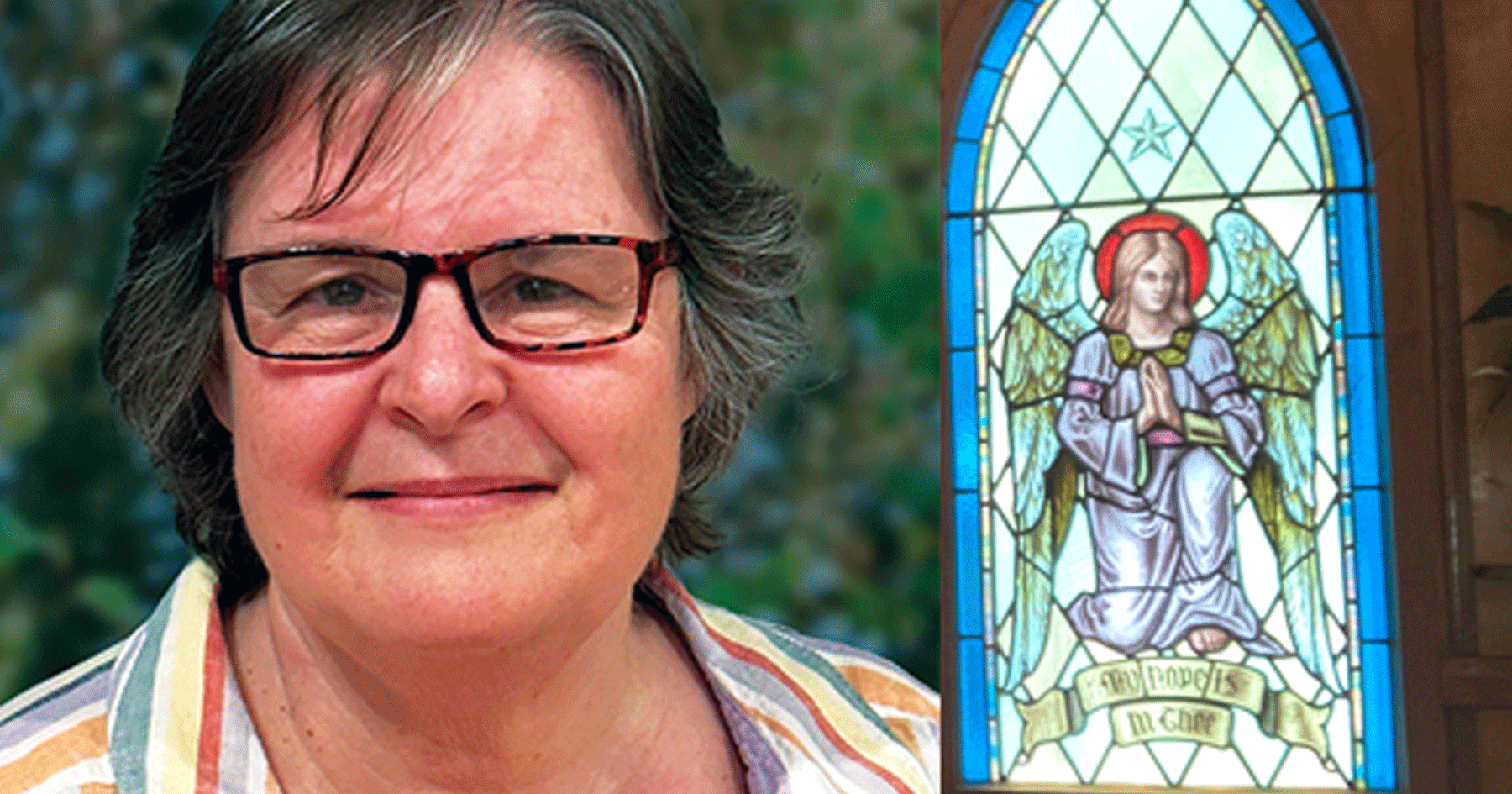Have you ever taken the time to read the words of a hymn as a piece of poetry? If not, you should give it a try. In Christopher Phillips’s book, The Hymnal: A Reading History he notes that pre 1870s hymnbooks were essentially small, portable books of devotional poems (no music) for daily use at home, school, and church. They played a large role in children’s education by providing literacy instruction, and children memorized texts from them for recitation. Often, they were popular gifts given as achievement awards or to mark milestones in life. When parishioners carried them to church on Sundays these little books served as a sort of badge that identified them as belonging to a religious community.
So, what are the advantages of reading hymn texts aloud? Firstly, removing the text from the music gives us a clearer understanding of its meaning. These poems give us insights we might not discover when singing because the addition of a tune distracts us and the musical phrasing can lead us to interpret the words differently than when spoken. Secondly, when we hear the text of a hymn spoken we are more attentive. One may be able to sing the words by heart, but hearing those words spoken causes us to stop, listen carefully, and hear the text in a new way. Back in 2018, while on my way to adjudicate at a music festival in Williams Lake, I stopped in Kamloops to take in a service at St. Paul’s Cathedral, Kamloops when Ken Gray was the Dean. One of the things I took away from that service was the way Ken announced the hymns. He preceded them by reciting the first few lines or a verse of each of them. Just those few words opened my ears to a better understanding of what I was about to sing. This experience demonstrated to me the importance of paying more attention to the words we sing. Now, whenever I read the words of a hymn to my church choir (and sometimes, the congregation) the resulting sound seems so much richer.
One hymn that I have come to appreciate in recent years is James Manley’s, “The Raggedy Band.” It is in the folksong style from 1972 and a favourite in my parish. At first, I discounted it as just a happy-clappy song with its “boom ticka, ticka” refrain. That is, until I really looked at the words. – “The raggedy band is a marching along; folks keeping rhythm to the beat of the song. There’s a little boy playing on a dime kazoo; holes in his hands match the holes in his shoes.” The song goes on to list the various characters that make up the band – a tax collector, an old painted woman, a fisherman, a wino, an ex-politician, a judge, a hooker, etc. All is quite jovial until the final few lines.
“And can you see where Broadway turns into Calvary? And did you know that the lead child walkin’ doesn’t want to go? This song is an allegory and one that we often sing on Palm/Passion Sunday. Since reading the text aloud, I now deliberately slow down the words of the last verse and refrain which, I think, makes the song much more impactful.
Another hymn that particularly moves me is John Bell’s “From the Falter of Breath” (CP489). It is a wonderful hymn that can be used for a funeral or anytime. It describes how God provides a divine path from the struggles of life to the afterlife. This is a very hopeful hymn with rich imagery, ending with the following words, “Angels tread on our dreams and magnificent themes of heaven’s promise are echoed below.”
No matter the musical style of the hymn it is the words that are most important to me. Yes, a good tune easily stays with us and enriches the meaning of the text, but it is the words that have the power to comfort, raise our spirits, enrich our devotional life, and to teach us about our faith.


